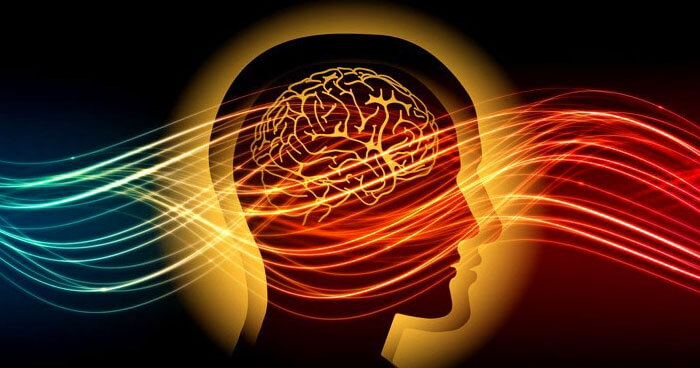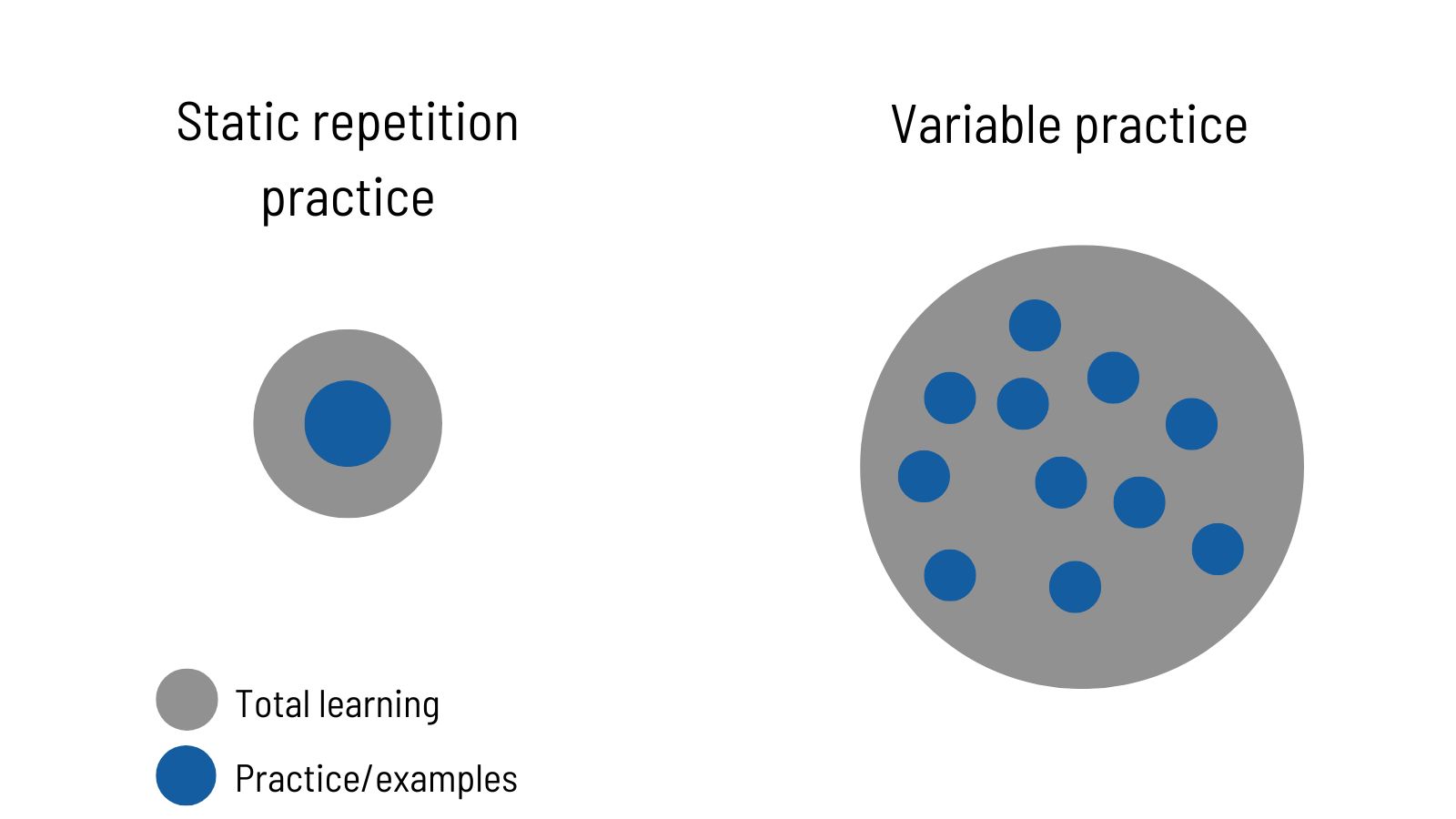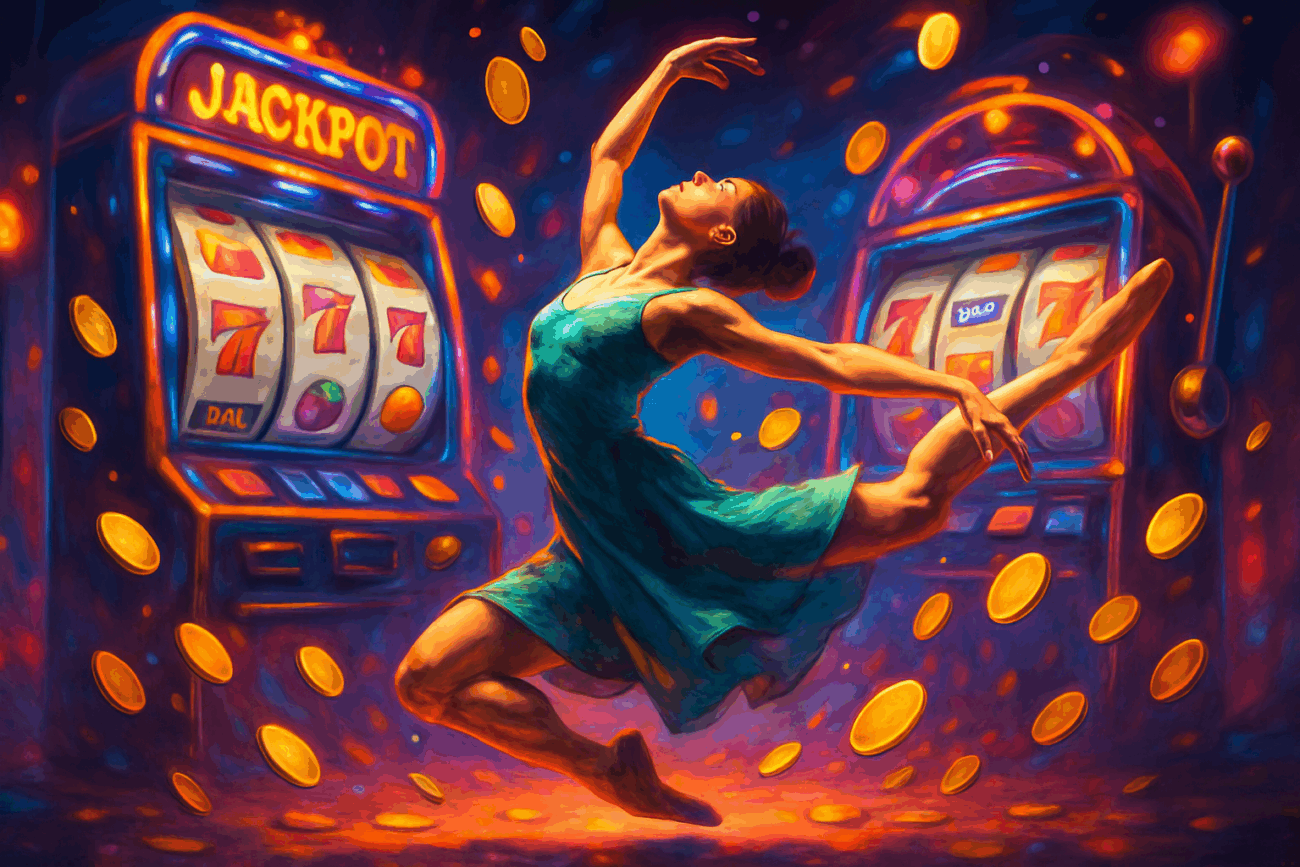The intersection between gaming mechanics and rhythmic movement represents a fascinating exploration into human psychology, pattern recognition, and the nature of flow states. We delve into the unexpected connections between the dynamics of a slot machine, such as the engaging le cowboy slot demo, and dance, revealing how understanding these parallels can enhance both our appreciation of casino entertainment and our ability to find rhythm in movement.
Understanding the Fundamental Rhythm of Slot Machines
Slot machines operate on sophisticated algorithms that create distinct temporal patterns, yet beneath their digital complexity lies a fundamental rhythmic structure that mirrors musical composition. The spinning reels, the anticipatory pause, and the resolution of results form a three-beat pattern that players unconsciously internalize. This rhythmic cycle generates a psychological cadence that keeps players engaged through predictable timing intervals punctuated by moments of suspense.
Modern slot machines employ carefully calibrated timing mechanisms that control the duration of each spin cycle. These intervals typically range from three to five seconds, creating a tempo similar to moderately paced music at approximately 60-100 beats per minute. This tempo range coincides with natural human movement patterns and comfortable dance rhythms, establishing an unconscious connection between gaming and physical expression.
The auditory feedback systems integrated into slot machines further reinforce this rhythmic experience. Sound designers meticulously craft audio cues that align with visual events, creating a multisensory rhythmic experience. The chimes, bells, and musical flourishes that accompany winning combinations function as rhythmic punctuation marks, much like accented beats in musical composition.
The Psychology of Pattern Recognition and Flow States

Human beings possess an innate capacity for pattern recognition that extends across multiple domains of experience. When we engage with slot machines, our brains naturally seek patterns in the sequences of symbols, sounds, and outcomes. This pattern-seeking behavior activates the same neural pathways involved in musical appreciation and rhythmic movement.
The concept of flow state, introduced by psychologist Mihaly Csikszentmihalyi, describes the optimal experience where individuals become fully immersed in an activity. Both slot machine play and dance can induce flow states through their repetitive yet varied rhythmic structures. The key to achieving flow lies in the balance between challenge and skill, predictability and surprise.
Slot machines create flow through their variable reward schedules, which maintain engagement by providing unpredictable outcomes within a predictable framework. Similarly, dance choreography balances familiar steps with creative variations, allowing dancers to experience both comfort and challenge simultaneously. This parallel suggests that understanding slot machine engagement mechanics can inform approaches to learning and enjoying dance.
Translating Gaming Rhythms into Physical Movement
The temporal patterns embedded in slot machine gameplay, such as those experienced in the https://lecowboyslot.com/ demo, offer surprising insights into rhythmic training for dancers. The anticipatory tension before each spin result mirrors the suspended moments in dance where performers pause before explosive movements. By consciously recognizing these parallels, individuals can translate their understanding of gaming rhythms into physical expression.
Progressive slot machines introduce an additional layer of rhythmic complexity through their accumulating jackpot mechanisms. The gradual build-up of potential rewards creates a long-form rhythm that spans multiple play sessions, similar to the arc of a complete dance performance. This extended rhythmic structure teaches patience, timing, and the importance of sustained engagement toward a larger goal.
We can apply slot machine timing principles to dance practice by breaking down complex choreography into digestible segments with clear beginnings, developments, and resolutions. Each dance phrase becomes analogous to a slot machine spin cycle—a contained unit of experience with its own internal rhythm while contributing to the larger performance structure.
The Role of Anticipation in Both Domains
Anticipation serves as a crucial psychological element in both slot machine engagement and dance performance. The moment between initiating a spin and viewing the result creates a heightened state of attention that dancers replicate when preparing for challenging movements or performance moments. This shared experience of anticipation reveals fundamental aspects of human temporal perception.
Neuroscience research demonstrates that anticipatory states activate the brain’s reward prediction circuits, releasing dopamine before outcomes are known. This neurochemical response explains why both slot machine play and dance preparation feel inherently pleasurable. The anticipation itself becomes rewarding, independent of actual outcomes or performance quality.
Professional dancers intuitively understand the power of anticipation, using preparatory movements and breathing patterns to heighten audience engagement. Slot machine designers employ similar techniques through visual and auditory pre-result cues that signal potential wins. Both practices demonstrate sophisticated manipulation of temporal perception to enhance experiential quality.
Repetition, Variation, and Skill Development

The relationship between repetition and variation forms the foundation of both slot machine appeal and dance mastery. Slot machines present the same basic action—spinning and resolving—across thousands of iterations, yet each outcome differs slightly. This combination of consistency and variability creates an ideal learning environment for pattern recognition and skill development.
Dance training follows identical principles through deliberate practice of fundamental movements repeated countless times with subtle variations. Each repetition reinforces neural pathways while slight modifications prevent boredom and encourage adaptive learning. The slot machine model suggests that optimal skill development occurs when core actions remain consistent while surface-level details vary.
Muscle memory development in dance parallels the unconscious pattern recognition that experienced slot machine players exhibit. Both skills develop through extended exposure to rhythmic patterns, eventually allowing practitioners to respond intuitively without conscious deliberation. This automaticity frees mental resources for higher-level creative expression or strategic decision-making.
Social Rhythms and Collective Experiences
Modern casinos design slot machine arrangements to facilitate social interaction through shared rhythmic experiences. Banks of machines often synchronize their audio and visual feedback, creating a collective rhythmic environment that reinforces individual engagement. This social dimension mirrors the communal aspects of dance, where individual movements synchronize with group rhythms.
Group dance activities from partner dancing to flash mobs demonstrate how individual rhythmic understanding contributes to collective synchronization. The ability to maintain personal rhythm while remaining aware of surrounding patterns—a skill developed through activities like slot machine play—translates directly to successful group dance participation.
Casino floor acoustics and lighting create ambient rhythmic environments that subtly influence player behavior and energy levels. Similarly, dance venues employ environmental design to establish mood and tempo, guiding participants toward desired movement qualities. Both contexts demonstrate how environmental rhythms shape individual experiences and behaviors.
Mindfulness and Present-Moment Awareness
Engaging with slot machines demands present-moment focus that excludes external distractions and concerns. This concentrated attention resembles the mindfulness state that dancers cultivate during practice and performance. Both activities offer opportunities to practice being fully present, experiencing each moment as it unfolds without excessive anticipation or retrospection.
The slot machine’s clear beginning and ending points for each play cycle provide natural meditation intervals where practitioners can reset their attention. Dance practice incorporates similar structural elements through counted measures and choreographic phrases that create containers for focused awareness. These temporal boundaries facilitate sustained attention by breaking extended periods into manageable segments.
Mindful engagement with rhythmic activities whether mechanical or physical offers stress reduction benefits documented in psychological research. The focused attention required eliminates rumination about past events or future concerns, providing temporary respite from chronic stressors. This therapeutic dimension suggests practical applications for both slot machine engagement and dance participation.
Learning Persistence Through Variable Rewards
Slot machines employ variable ratio reinforcement schedules that psychologists recognize as the most resistant to extinction. This reward structure teaches persistence by demonstrating that continued effort eventually yields positive outcomes, even when success timing remains unpredictable. Dance training requires identical persistence, as skill improvements occur irregularly rather than linearly.
The psychological principle of intermittent reinforcement explains why both slot machine play and dance practice remain compelling despite frequent unrewarded efforts. Occasional successes scattered unpredictably throughout extended practice sessions maintain motivation more effectively than consistent rewards following every attempt. This counterintuitive principle has profound implications for learning complex skills.
Dancers who understand variable reward principles can structure their practice sessions to maximize motivation and persistence. Rather than expecting steady progress, acknowledging that breakthroughs occur unpredictably helps maintain effort through challenging periods. This mindset shift, informed by slot machine mechanics, transforms frustration into patient determination.
Sensory Integration and Multisensory Experiences
Modern slot machines create immersive multisensory environments combining visual animations, auditory feedback, tactile button responses, and even aromatic elements in some casino settings. This sensory integration enhances engagement by activating multiple neural pathways simultaneously. Dance represents the ultimate multisensory activity, integrating proprioception, auditory processing, visual awareness, and spatial orientation.
The coordination of multiple sensory inputs required for both activities develops enhanced neural integration that transfers to other life domains. Individuals who regularly engage in rhythmic multisensory activities demonstrate improved cognitive flexibility, faster information processing, and better multitasking capabilities. These benefits emerge from the brain’s adaptation to handling complex, synchronized sensory streams.
Sensory feedback loops in slot machines immediately inform players about action outcomes, facilitating rapid learning and adjustment. Dance training incorporates similar feedback mechanisms through mirrors, instructor corrections, and proprioceptive awareness. The immediacy of feedback in both contexts accelerates skill acquisition by tightening the connection between actions and consequences.
The Mathematics of Rhythm and Probability
Understanding probability theory enhances slot machine comprehension, while recognizing that each spin represents an independent event with fixed odds. Similarly, dancers benefit from understanding the mathematical relationships underlying rhythm, including time signatures, tempo markings, and rhythmic subdivisions. Both domains demonstrate how mathematical principles manifest in experiential phenomena.
Pattern mathematics governs both random number generation in slot machines and rhythmic structures in music and dance. The Fibonacci sequence, fractal patterns, and golden ratio appear in both contexts, suggesting deep connections between mathematical order and human aesthetic preferences. Recognizing these patterns enhances appreciation and mastery of both activities.
The probability distributions that determine slot machine outcomes find parallels in the distribution of strong and weak beats in musical measures. Understanding how elements arrange themselves across time according to mathematical principles provides insights applicable to timing, phrasing, and rhythmic interpretation in dance.
Practical Applications: Developing Your Rhythmic Intelligence
We can translate insights from slot machine mechanics into practical dance training exercises that develop rhythmic intelligence. Start by identifying the three-phase cycle of preparation, action, and resolution in simple movements. Practice maintaining consistent tempo while varying the intensity or quality of movements, mirroring the slot machine’s combination of regularity and variation.
Develop anticipation skills by incorporating deliberate pauses before key movements, using these suspended moments to heighten awareness and focus energy. Experiment with variable practice rewards by celebrating breakthroughs unpredictably rather than after every successful attempt, building resilience and intrinsic motivation.
Create multisensory practice environments that engage multiple attention channels simultaneously. Combine visual focal points, rhythmic music, and conscious awareness of physical sensations to replicate the immersive quality of well-designed gaming experiences. This integrated approach accelerates learning and deepens engagement.
Conclusion: Embracing Rhythmic Wisdom from Unexpected Sources
The surprising parallels between slot machine mechanics and dance illuminate fundamental aspects of human rhythmic perception, learning psychology, and flow state achievement. By recognizing these connections, we gain practical tools for developing rhythmic intelligence and enhancing our capacity for mindful, engaged movement.
The rhythmic lessons embedded in slot machine design transcend their gaming context, offering valuable insights applicable to dance training, performance, and appreciation. Whether we consciously recognize these patterns or experience them intuitively, the underlying rhythmic structures shape our engagement and enjoyment.
We encourage exploration of these connections through direct experience, approaching both gaming and dance with enhanced awareness of their shared rhythmic foundations. This cross-domain understanding enriches both activities while demonstrating the unexpected places where wisdom emerges when we remain open to unconventional teachers.
